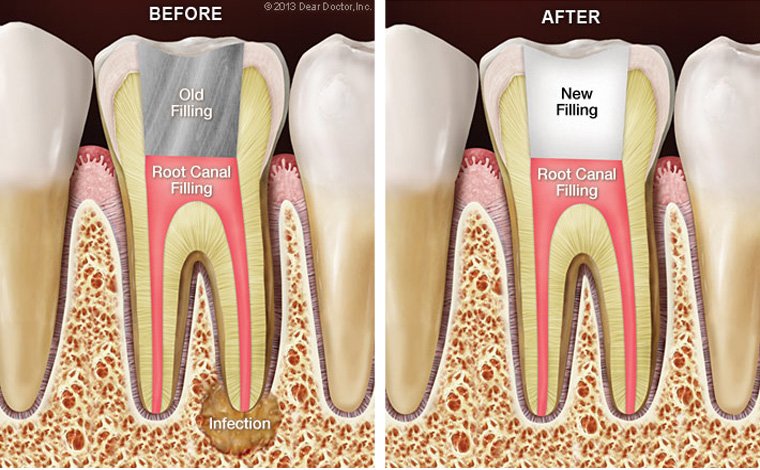Understanding Traumatic Endodontic Injuries
Dental trauma can be painful and upsetting, even if it is not life-threatening. These injuries often require endodontic treatment to save the tooth and prevent further problems.
At SL Endodontics, we provide specialist care to treat dental injuries, protect your oral health, and help you maintain a healthy and confident smile.
Cracked Tooth
Even though tooth enamel is the hardest material in the body, teeth can still crack due to wear, trauma, or pressure.
Cracks are often difficult to spot, even with an x-ray. Some patients may feel sensitivity or sharp pain when chewing, while others may have no pain at all. Pain usually occurs when the crack irritates the pulp inside the tooth.
Treatment for cracked teeth may involve restoration or placing a crown after root canal therapy to protect and strengthen the tooth.
Dislodged Teeth
A dislodged tooth, also called a luxated tooth, may be pushed inward, outward, or sideways after an injury.
If this happens, it is important to contact a dentist immediately so the tooth can be repositioned quickly.
If the pulp has been damaged, root canal treatment may be required to save the tooth.
Knocked-Out Tooth
A knocked-out tooth, also called an avulsed tooth, is a true dental emergency.
The chances of saving the tooth are highest if you see a dentist as soon as possible. Every hour that passes lowers the success rate.
If your tooth has been knocked out, carefully pick it up by the crown and avoid touching the root. Rinse it gently if needed, but do not scrub or handle it more than necessary.
If possible, place the tooth back into the socket and hold it in place with a clean cloth or gauze. If you cannot reinsert it, place the tooth in a glass of milk and go to a dentist immediately.
Once reinserted, root canal treatment is usually required within one to two weeks.
Apexogenesis, Apexification and Resorption
Some dental injuries affect immature teeth that have not fully developed, while others may affect mature teeth.
- Apexogenesis encourages continued root development in a young tooth with damaged pulp.
- Apexification is used on non-vital teeth with incomplete root formation to create a calcified barrier at the root tip.
- Resorption treatment removes harmful cells that destroy part of a tooth. A special chemical treatment may also be applied to reduce the chance of it happening again.
Specialist Trauma Care
Every dental trauma is different and requires specialist knowledge to manage properly.
At SL Endodontics, we are experienced in diagnosing and treating all types of dental trauma. Our goal is always to save the natural tooth whenever possible and restore comfort and function for the long term.


